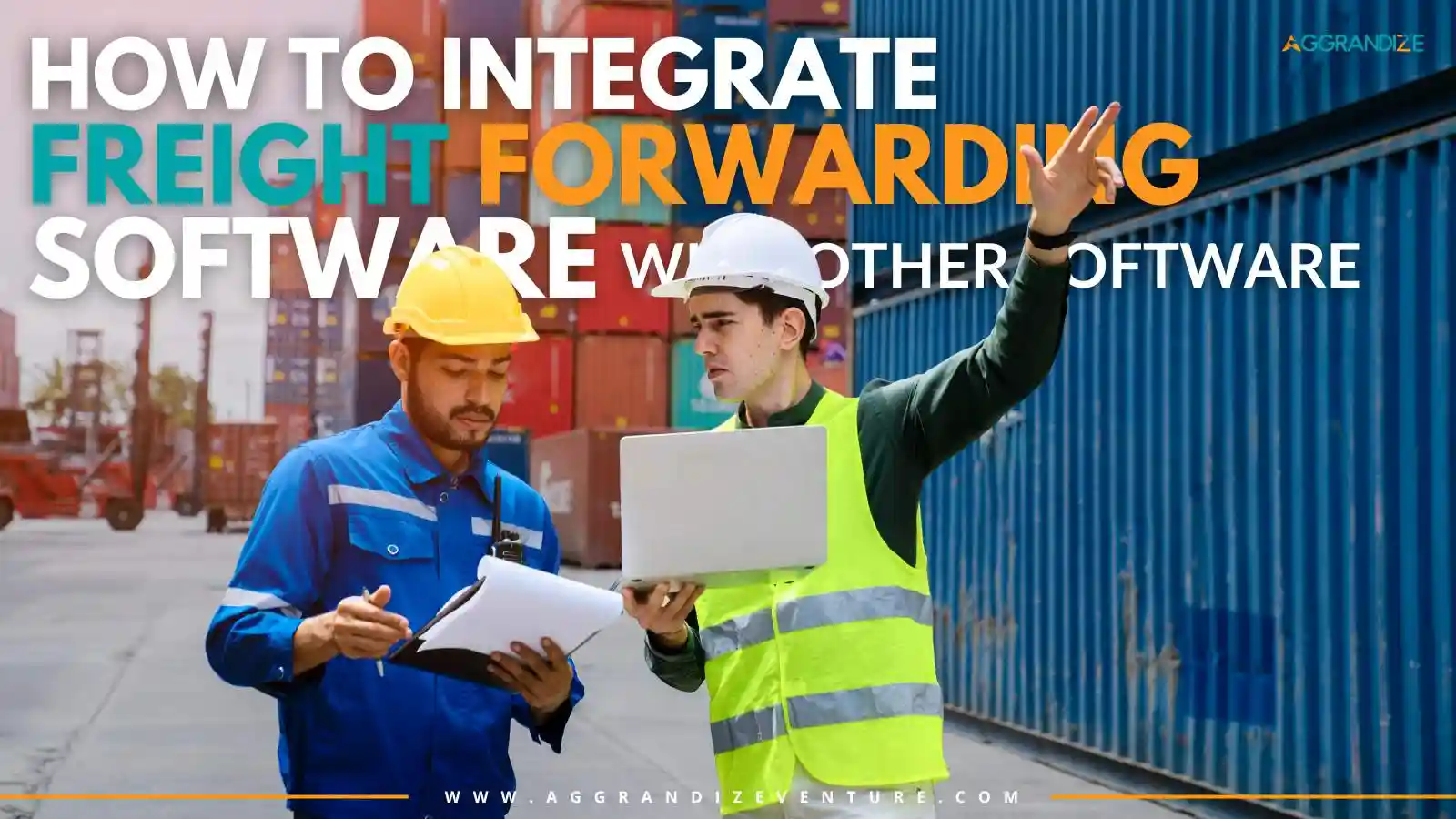Frieght Forwarding
How to Integrate Freight Forwarding Software with Other Software
Date: 24-06-2024
Freight forwarding software is a specialized instrument aimed at the comprehensive management of the complex logistics of shipping goods. Through its use, the tasks that will be simplified are the booking of cargo, shipments tracking, management of documentation. The integration of such software with other systems plays a key role in the maximization of efficiency and the accomplishment of the ocean of operations between supply chains. In this blog, integration will be the main focus, discussing the benefits of integration as an integration stage and ways to get freight forwarding software efficiently integrated with other systems.
In shipping, there is a process in which the goods are transported from one place to another. This includes handling the booking, tracking of the cargo, customs documents, and cooperation with carriers. Innovative freight forwarding software has unique capabilities such as:
More effortless the paperwork.
Ensures we have the most recent details of goods being moved.
Facilitates the process of calculating and managing the shipping of goods.
Contains customer information and communicates with them.
These features help businesses save time, reduce errors, and improve overall efficiency
Integrating freight forwarding software to other systems can bring in tons of the advantages:
Automation helps to bring down tasks that were previously manual and speeds up processes.
The idea is to control the information that is shared across the network so that it would be both truthful and latest by syncing data across systems.
By the means of the full integration of the systems, a business could get a big-picture view of their supply chain management.
Provides seamless interaction between various stakeholders and across departments.
Addressing the operations and resources in the best manner leads to lower costs and moreover more planned investments which result in more return on investment.
The first step to exploring the full advantages of integration is the identification of the systems that require connecting to your freight forwarding software. They could be any of these:
Does Business Process Management.
Interacting with customers and managing information is the primary task of this kind of system.
Transportation logistics are easily handled right from headquarters.
Making the best integration goes with the good plan. Here are the steps to take:
Find out what the options provided and what are you deficient with in your current setup.
Clearly define the aims of bringing all the systems together for the project.
Affirm that the data has met the necessary standards and has been made compatible with the existing systems.
Approach everyone with vested interests so that they also sacrifice for the well function of the program, provide their advocacy, and the program can be implemented seamlessly.
A software system can be integrated to different software systems using a number of methods.
This API is a way that allows software developers to connect two different systems together more efficiently without requiring any understanding of the systems' internal details and interfaces.
Being a standardized electronic format it enables the OCI specification to be openly distributable.
Works as an intermediary between different software systems to support the transmission of information.
Tailored solutions built to meet specific integration needs.
Each method has its pros and cons. Choose the one that best fits your business needs and technical capabilities.
Here are the detailed steps to integrate freight forwarding software with other systems:
Ensure that the scope, timeline, and resources are well laid out for the integration.
Allocate the specified communication channels for data interchange.
Ensure data is correctly aligned and formatted for each system.
Include all steps during the experiment in order to find & rectify them.
Train the employees to efficiently function on the current system.
Test the application regularly to identify any glitches that may occur and make amendments wherever necessary.
Following these best practices is the best way for a successful integration to be
Keep secure your sensitive information and obey the relevant laws.
Have the systems updated and promptly resolve any issues.
As a user, every so often test the efficiency of the systems you have integrated.
Make it clear, and communication is a constant one with all those engaged.
Stay flexible and ready to adjust the integration as needed.
Conclusion
freight forwarding software with other systems is the optimization of logistics and supply chain operations essential to. Many of them include for better efficiency, more precision of data, and cost savings, to be exact. Begin the integration process as soon as possible, in so doing, you make your business more effective and outdo your rivals in the logistics field.
For the seamless integration, consider using ZEALIT freight forwarding software by Aggrandize for which it provides strong features and flexibility